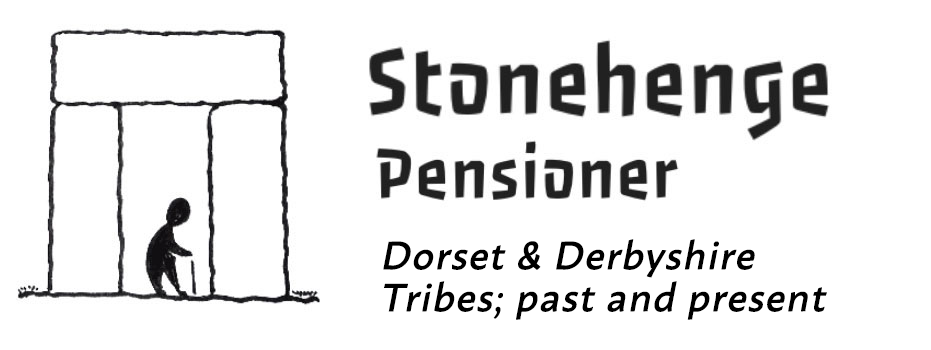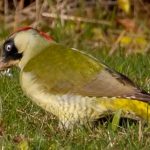Friars Cliff And The Environment
I want to cheer you up in the face of constant negativity; today I am the purveyor of good news. To hell with politics and Brexit. Friars cliff and the environment, where I live, are in good cheer. I make that claim because we have indicator species that prove things are well. Take hedgehogs, two visit my garden and in a nearby property they have five (see photo of hedgehog poo). The hogs seem to have increased in recent years. We have quarrels of sparrows, or you might prefer to call them a host or ubiquity of sparrows. A quarrel live at Steamer Point, another around Friars Cliff House and there are many more. This threatened bird is doing well here.
Exotic or not?
On the face of it, Friars Cliff lacks native plant species. To a naturalist it might be considered a poor habitat. But, the sheer mass of shrubs, hedges and trees overcomes much of this. I see lots of bees, hover flies and bee flies each year simply because the nectar is available, albeit much of it in exotic flowers. The bees love my passion flowers, which self set everywhere. There are often four bees to a flower and not one of them cares that it comes from tropical America. The Torbay palms abound in our area, even though Cordyline australis is not a real palm. It dangles huge swathes of highly scented blossoms which the bees love. In late Autumn, strawberry trees drop squashy fruits over the pavements. The tree flowers at the same time as the fruits appear and offers late nectar to insects.
Trees to the rescue
The trees of Friars Cliff are exceptional. The Monterey pines on Avon Run Road and along Seaway Avenue are the stars of the show. There is also a massively trunked Monterey cypress in Seaway Avenue. There is a beautiful Judas Tree on Seafield Road and heavenly magnolias on Friars Road. Camellias abound because they enjoy our acid heathland soil. The streets are a pleasure to walk around in spring. As I look out to sea, I wonder about prehistory on this glorious coast.
Friars Cliff and the Environment
We can always do more. Wildlife will benefit if we plant a native birch or mountain ash between the palms and magnolias. They are both light trees and good for diversity. Apple trees offer a few rotting apples for blackbirds. Ivy is good and forget-me-nots attract bee flies in April. Fuschia’s attract hummingbird hawk moths. All these insects attract the bats that swoop over my garden.
Protecting what we have
We must maintain the vegetation. Hedgehogs do not live on concrete driveways and need a spot full of dry leaves for hibernation. A hole under our fencing allows hedgehogs to move around. Do not do this if you use slug bait. As an aside, is this modern plastic wall cladding, going up everywhere, good for bats? I don’t know. What about all the small drystone wall frontages to properties on Seafield, East Cliff and Hynesbury Roads. These look ideal for slowworms but are these creatures present? And rats, there are lots about but should we kill them? They are eaten by foxes, an animal that appears more common in Friars Cliff these days.
Postscript
We are lucky, we lotus eaters of Friars Cliff. We nurture the animals, birds and insects, but mother nature also helps us. The nature reserve at nearby Steamer Point, the Bure Brook around our perimeter from Nea Meadows and the River Mude, all these enrich our area. These are the wild spots where the chiffchaff and the nuthatch use the oaks and hawthorns. We need to protect these areas. And the sea brings in clean, ozone rich, fresh air. What more could we want?




